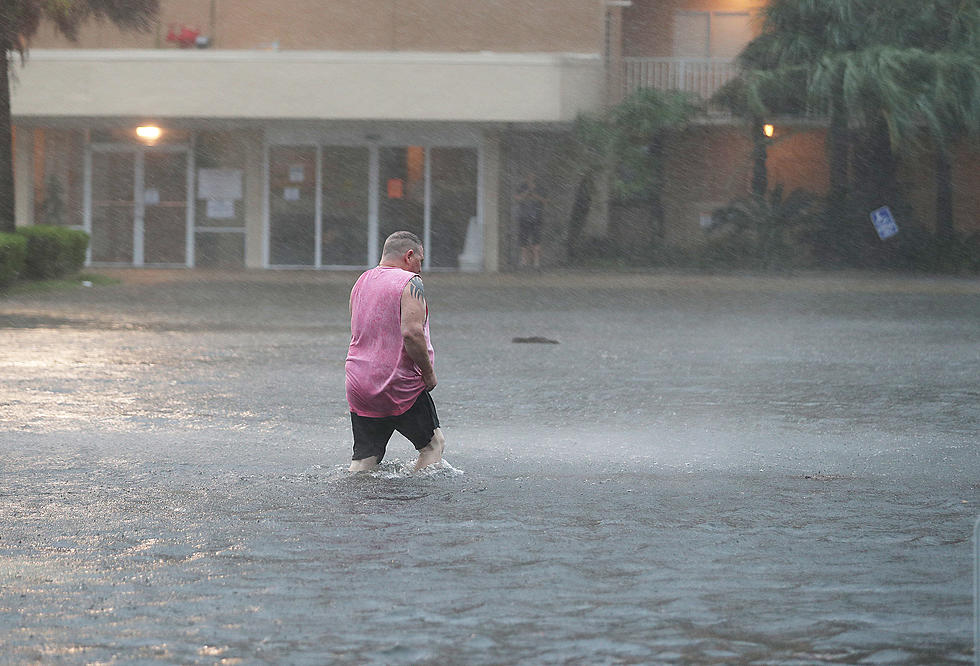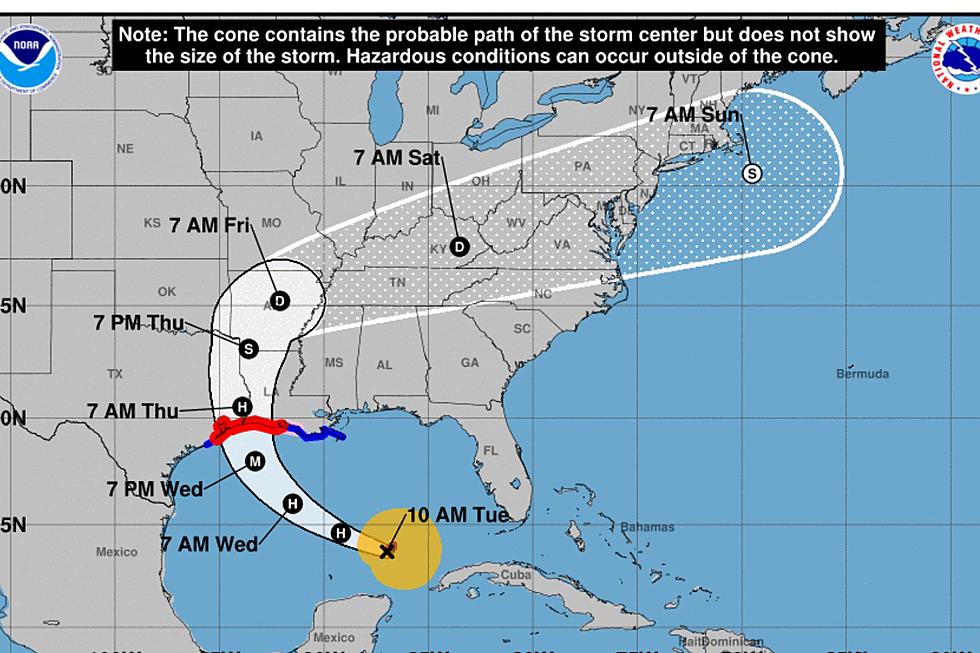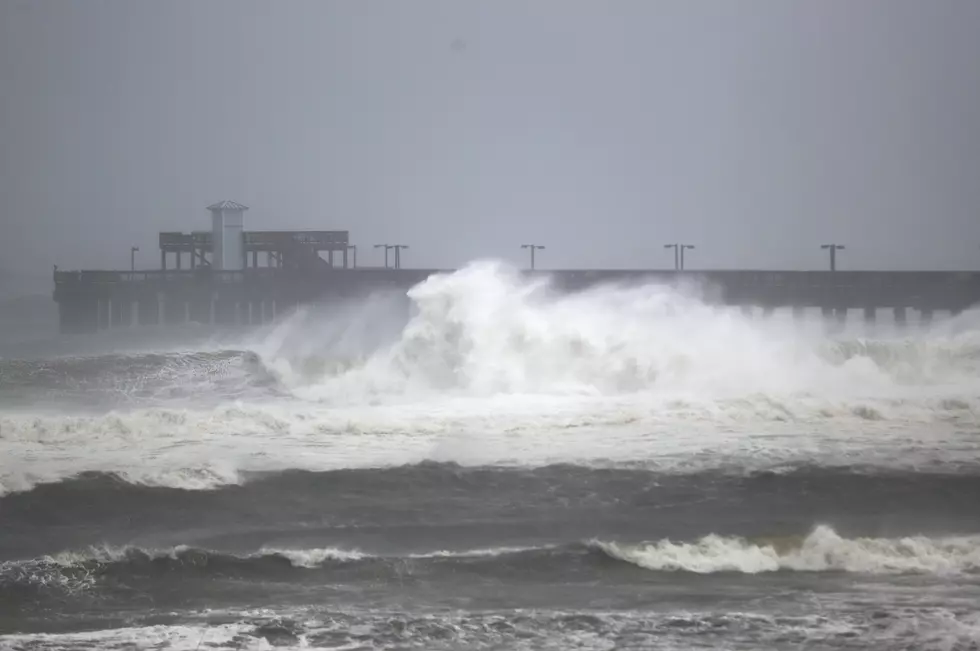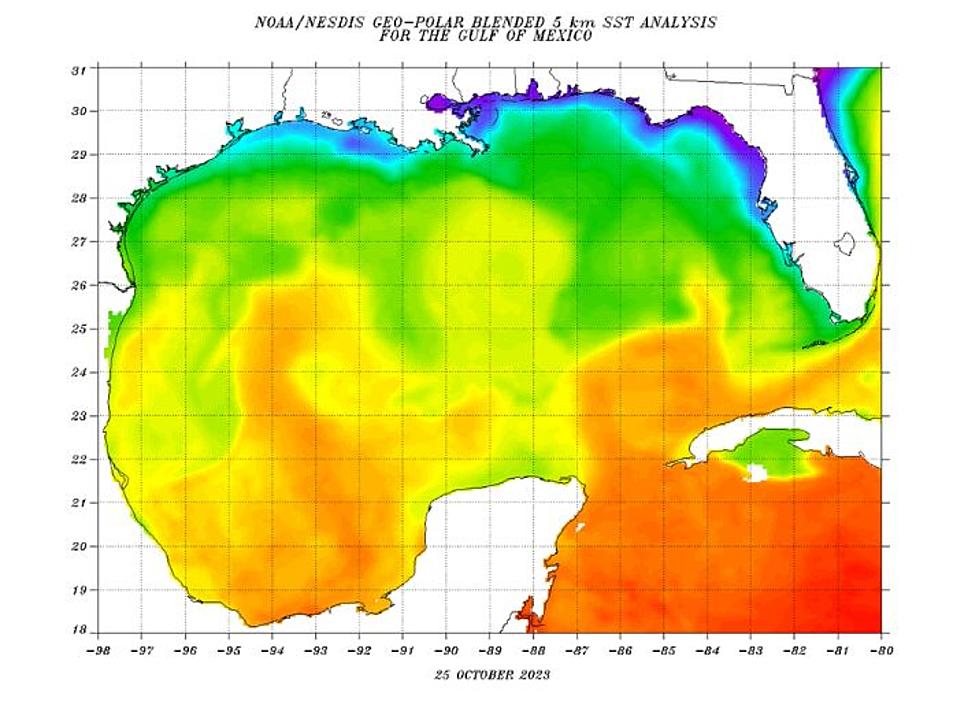
Hurricane Lee Reached Category 5 Strength, but Is It a Threat to Louisiana?
ATLANTIC OCEAN (KPEL News) - The strongest hurricane of the 2023 season so far has already hit Category 5 strength and is expected to remain a major storm for the next several days.
However, the good news for the Gulf Coast, including Louisiana, is that we shouldn't expect Hurricane Lee to head our way.

While Lee is currently a Category 5 storm, it is expected to drop in intensity a little bit, going down to a Category 4 while it's still a ways out from the east coast. According to the current projections, it is expected to avoid almost all of the major islands in the Atlantic and Caribbean.
It's expected to move north of the northern Leeward Islands, according to the National Weather Service's Hurricane Center, and avoid the Virgin Islands and Puerto Rico. However, the Leeward Islands are looking at dangerous rip currents because of the intensity of the storm.
But while the path appears to have Lee aimed right for Florida and Georgia, most models appear to show it taking a sharp turn northward.
According to Weather and Climate Analyst Ryan Maue:
While NHC does not forecast explicitly reaching Category 5 again, Lee may intensify again as ocean heat content remains high/warm and wind shear decreases over Atlantic east of Bahamas and north of Puerto Rico. Currently, 1:10 PM ET, Hurricane Lee looks a little rough around the edges especially on the western half of the circulation. Some wind shear is eroding the convection and the eye has filled.
Further out in the Atlantic, we also have Tropical Storm Margot, but it is also expected to turn northward and avoid any contact with land while Lee might make contact with the New England region later next week.
Currently, no system poses a danger to the Gulf Coast, much less Louisiana. The hurricane season ends in November.
25 costliest hurricanes of all time
More From News Talk 96.5 KPEL









